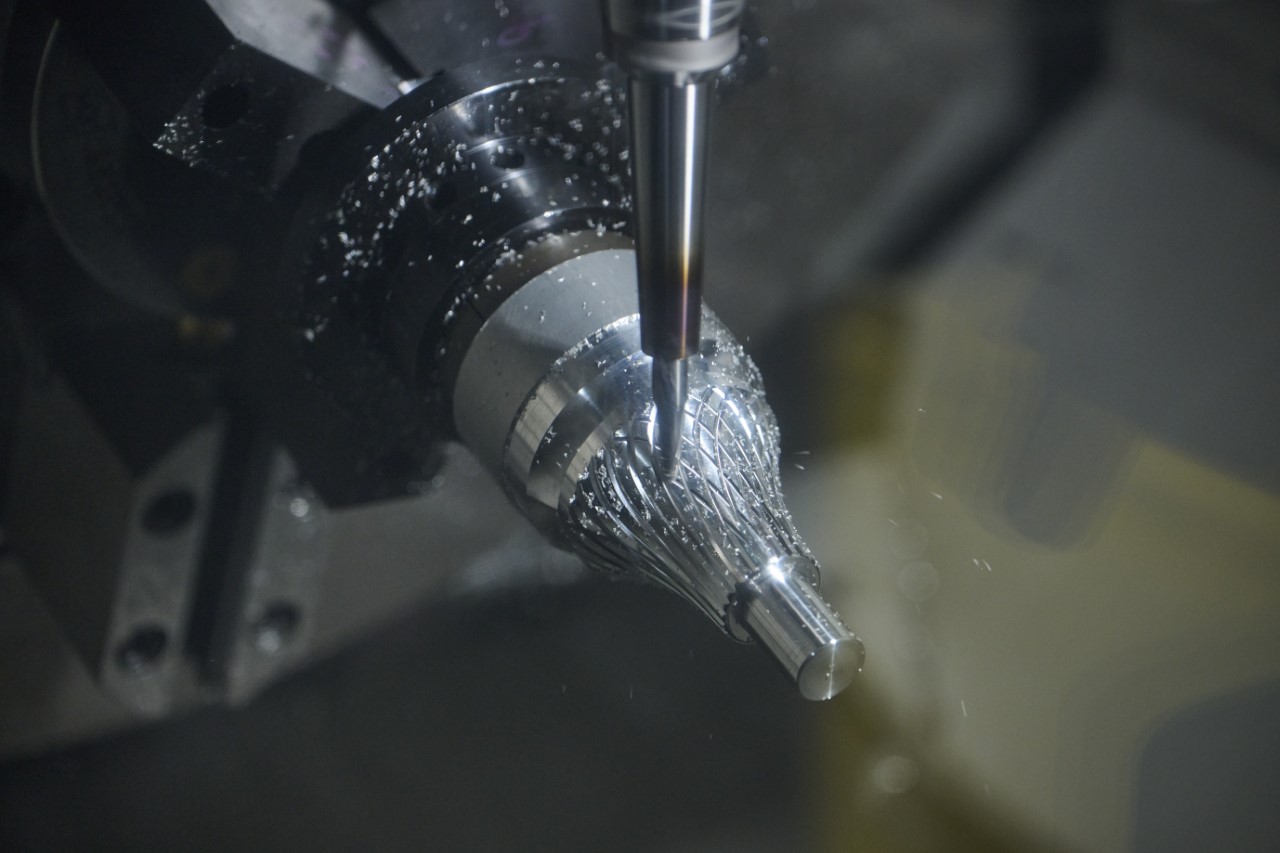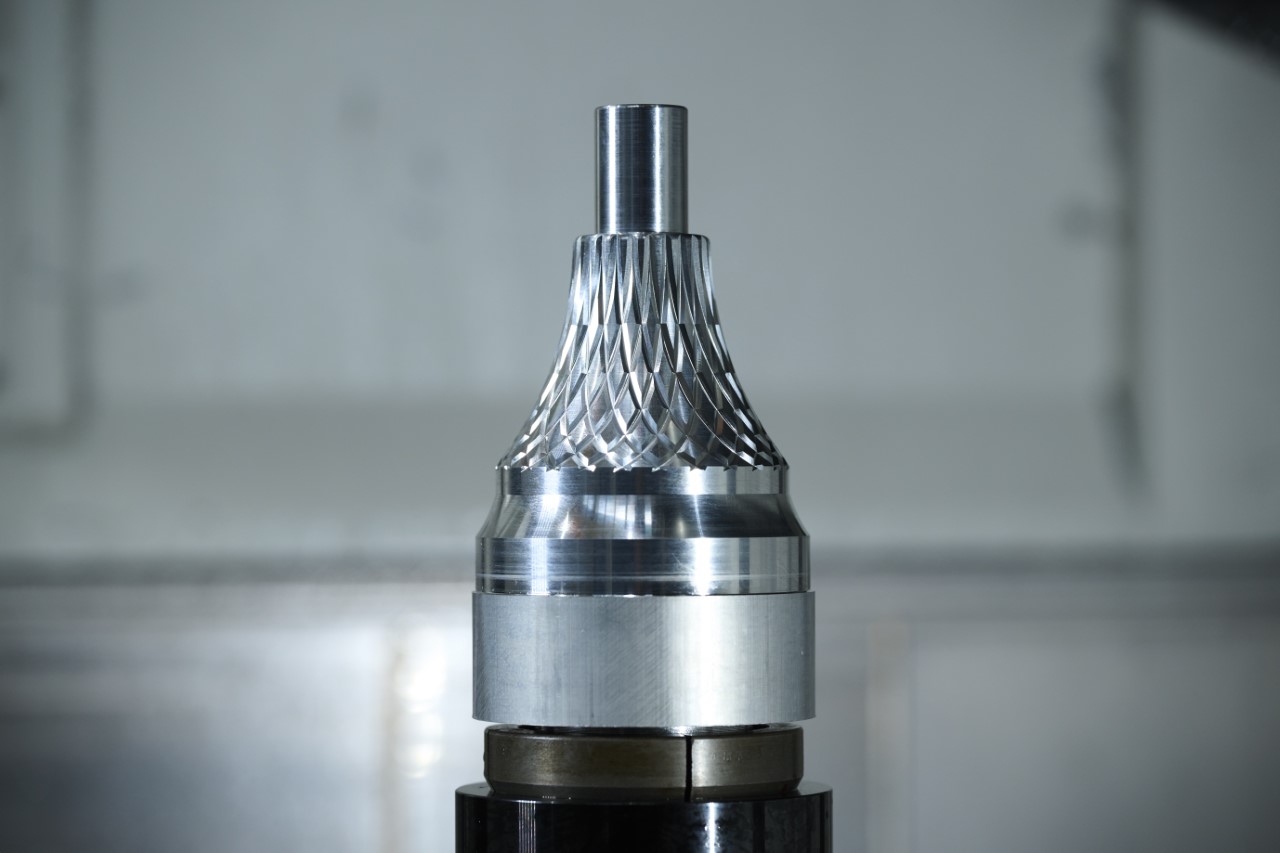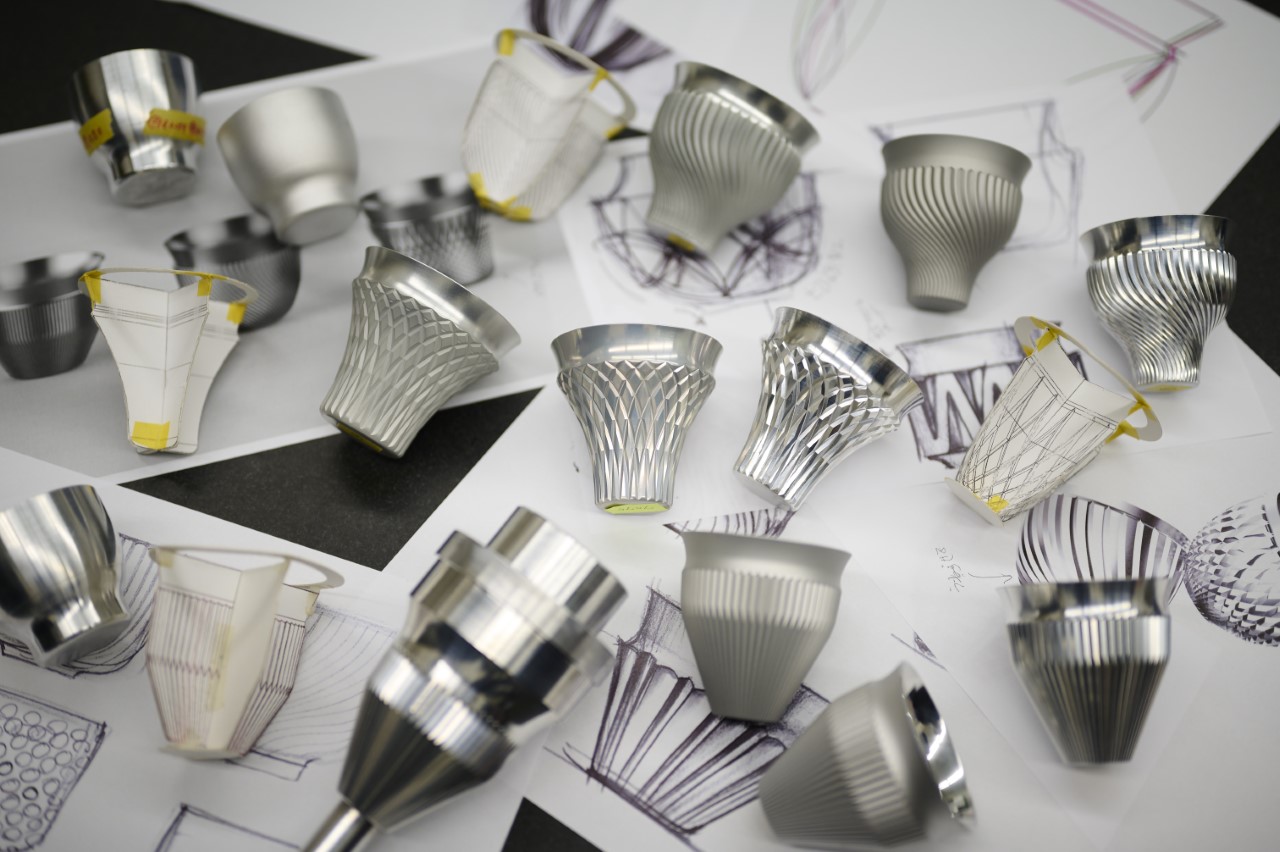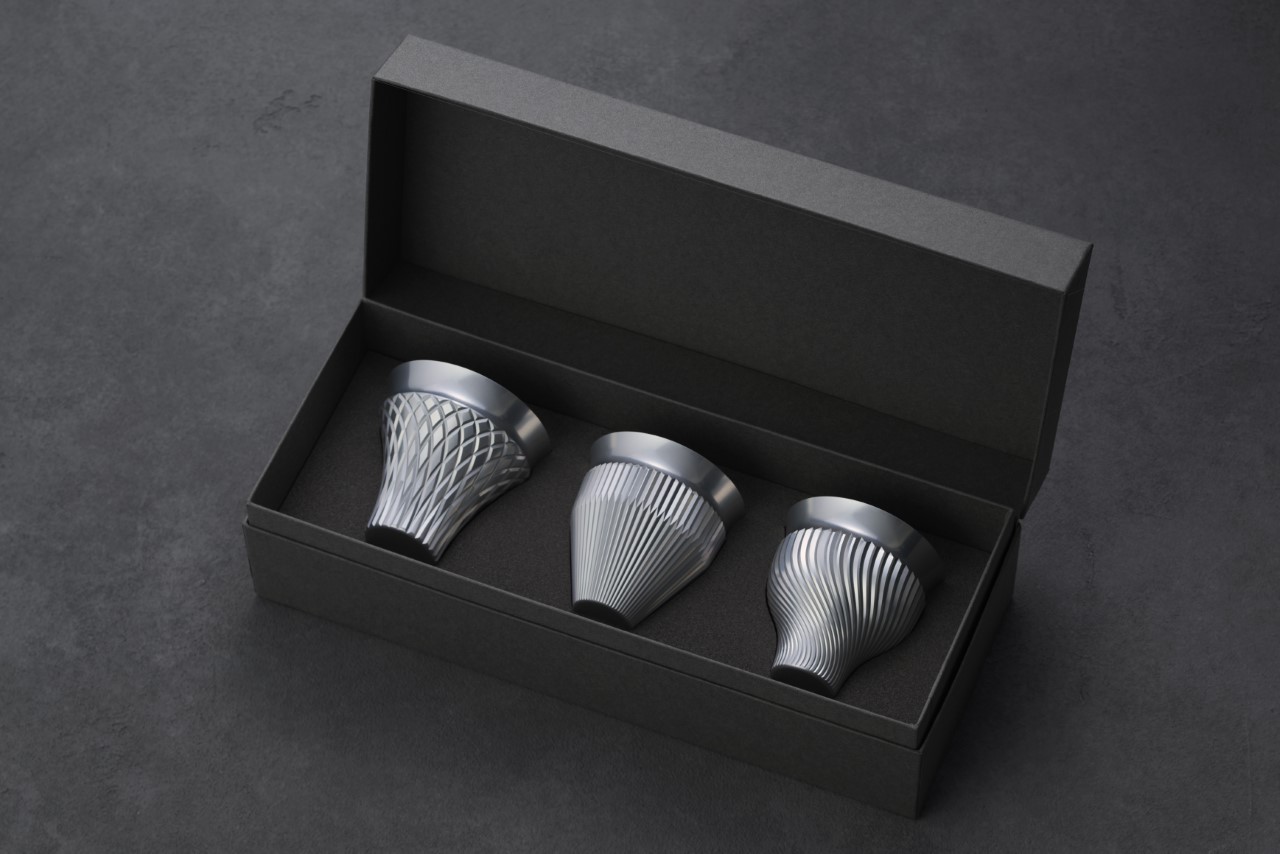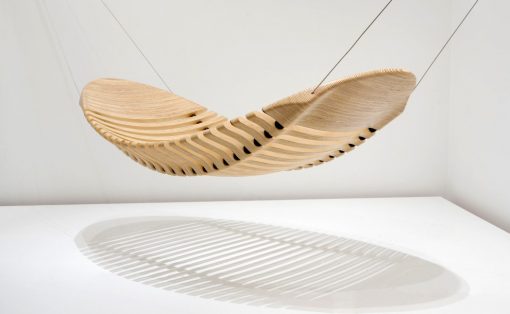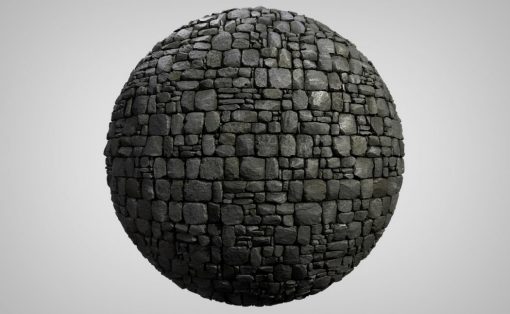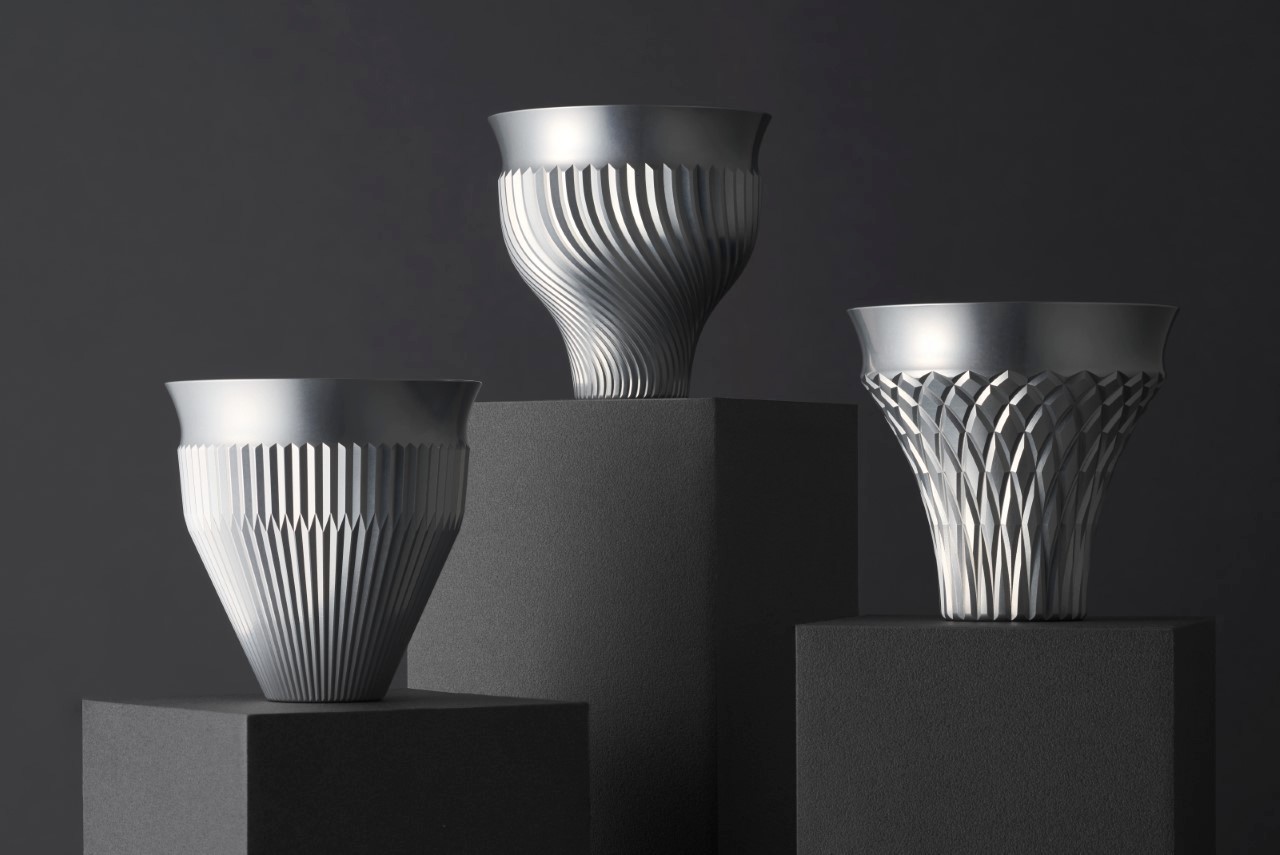
They say the key to a good saké tasting experience is a well-made saké cup. If constructed perfectly, these cups have an incredibly thin rim, making the saké glide perfectly onto your tongue, coating it in a way that makes you forget that you’ve got a cup to your lips. Most saké cups end up using materials like porcelain and glass, for their heat-resistance and ability to be fabricated with intricate thin rims… however, designer Kenji Abe feels this prerequisite makes metal a perfect candidate for saké cup design. Abe’s series of cups, titled Hakusaku, explore the use of duralumin (an aluminum alloy) to make beautifully intricate saké cups. The cups come in the three traditional shapes/profiles, and have a rim as thin as 0.6mm, making it feel like you’re directly drinking the saké without even feeling the cup.
Designer: Kenji Abe
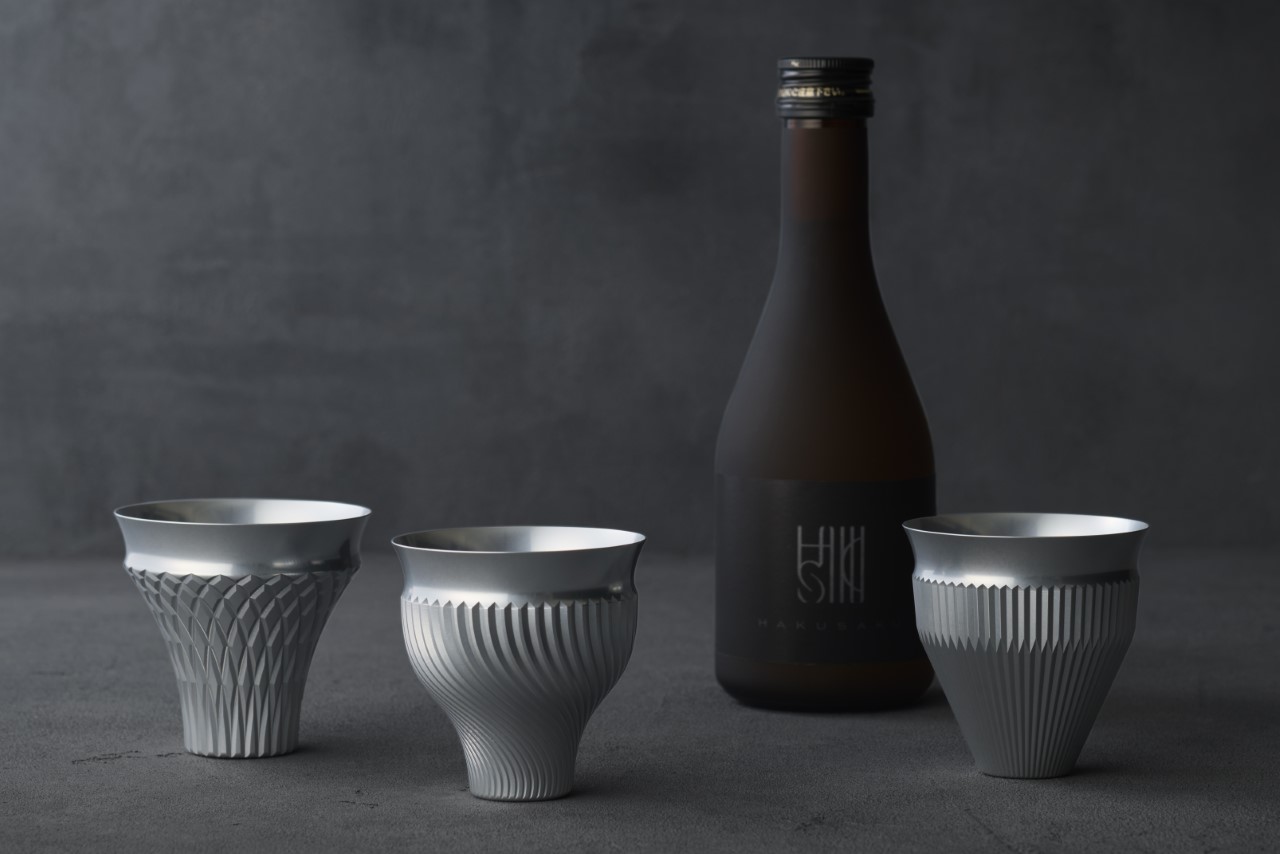
Traditional cups come in various shapes too, from the classic straight-edge cup to the bowl-shaped cup and the trumpet-shaped cup. Each of these cups alters the experience of consuming saké, as does the material. It’s unclear if the aluminum cups change the flavor of the saké the way they do with wine, but the metal construction of the cup plays an important role in thermal conductivity, allowing your lips and tongue to feel the cold metal before the chilled saké coats your tongue.
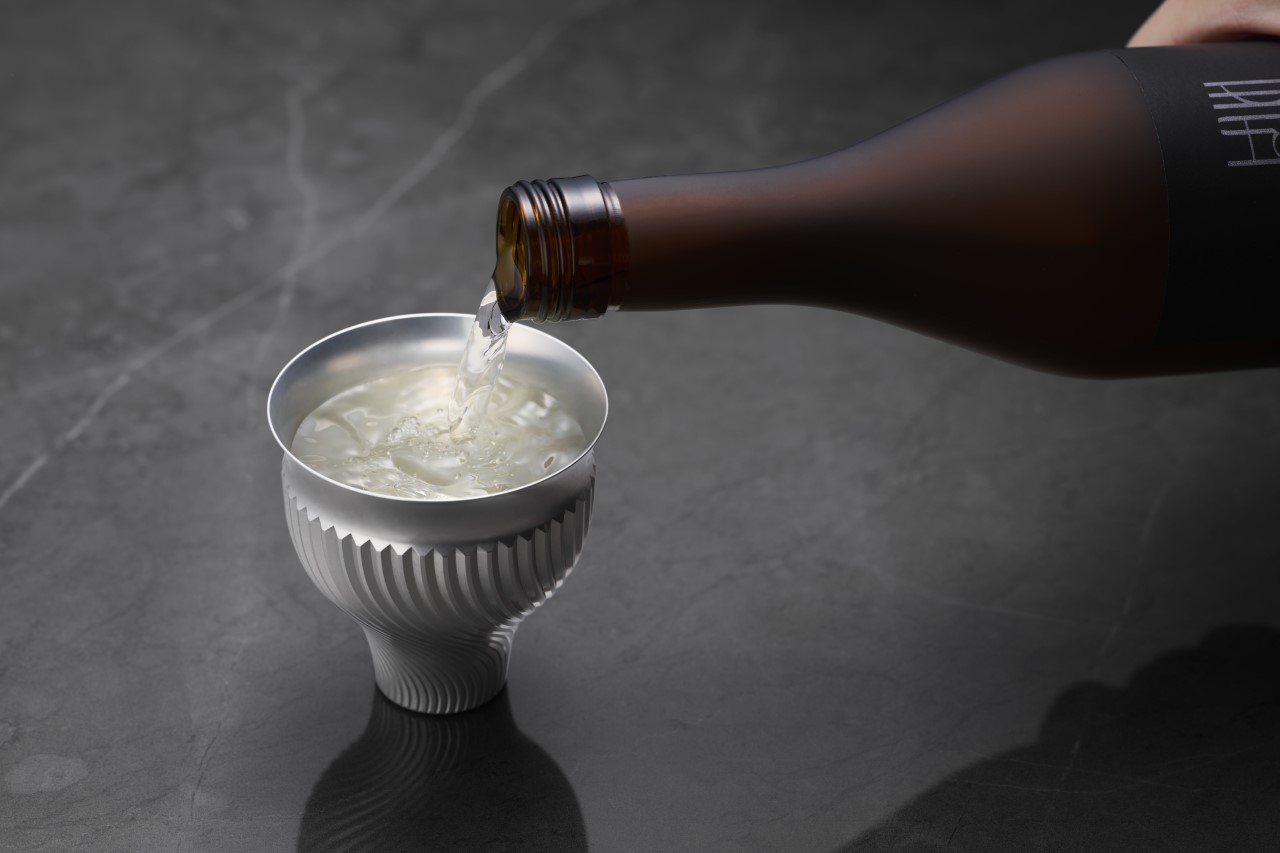
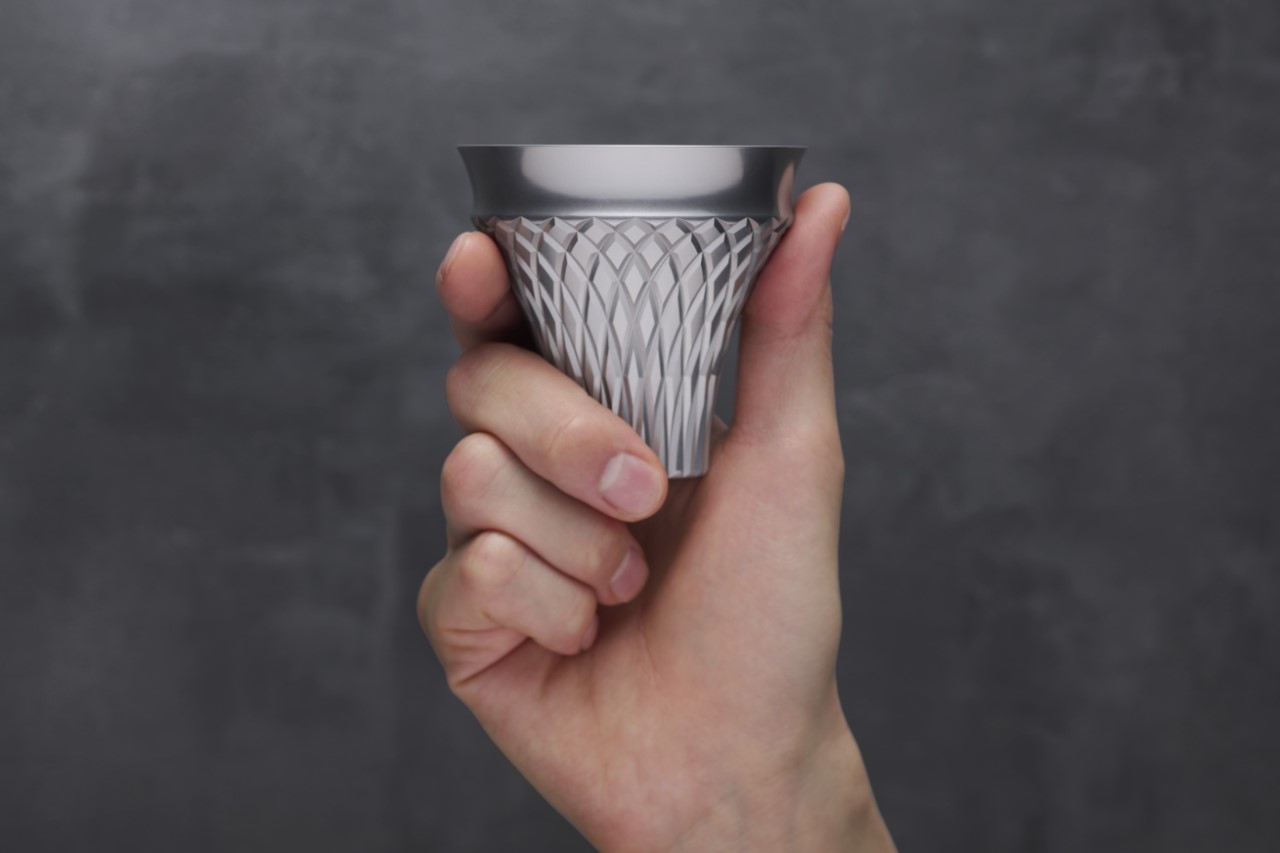
Each glass comes machined from a single piece of duralumin, an aluminum alloy known for its strength. Microtextured to absolute perfection, the cups have a wonderful satin finish that makes them gorgeous to look at, and rather than leaving each cup blank, Abe chose to machine a wonderful geometric texture onto them. This cut-glass-inspired ‘kiriko’ texture not only plays the role of giving each glass its signature aesthetic, but also increases surface area to prevent the warmth of your fingers from reaching the saké and changing its temperature.
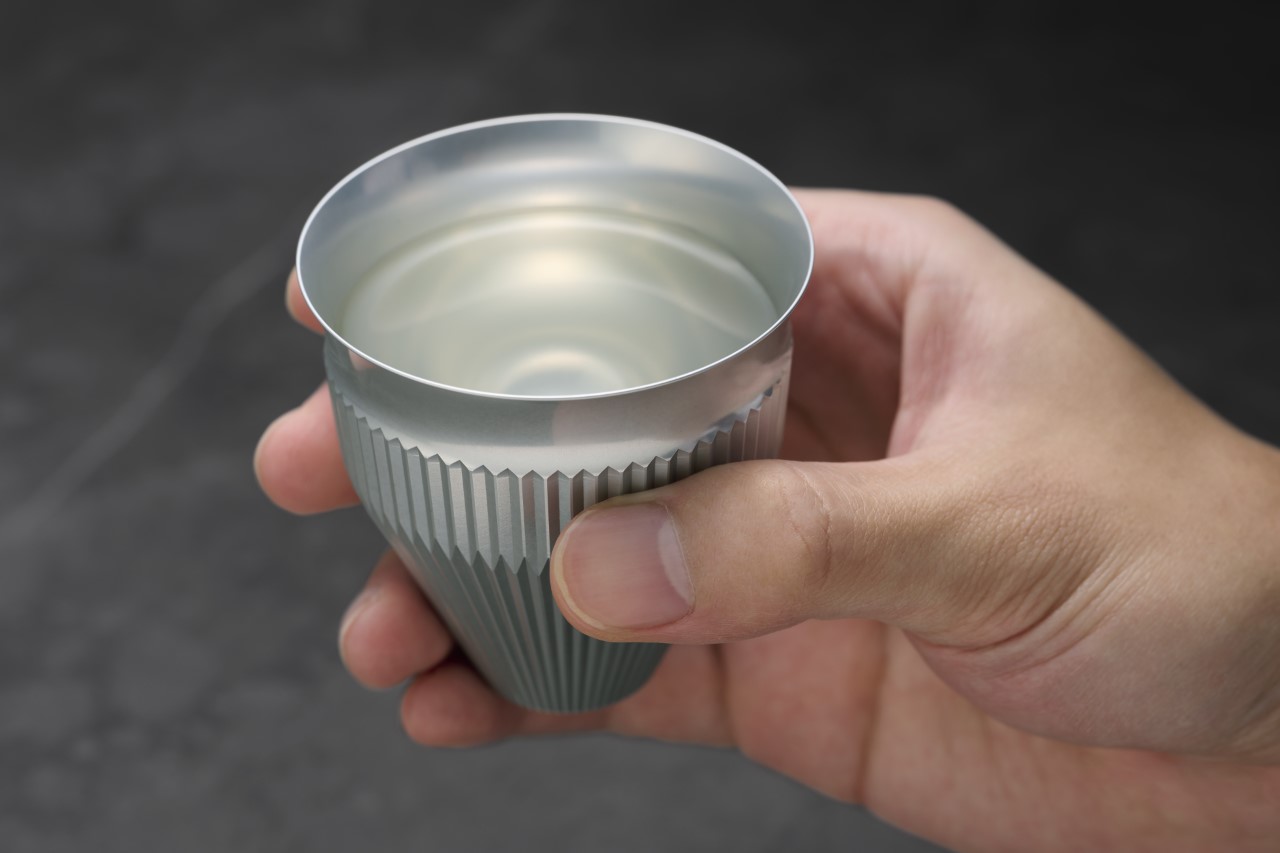
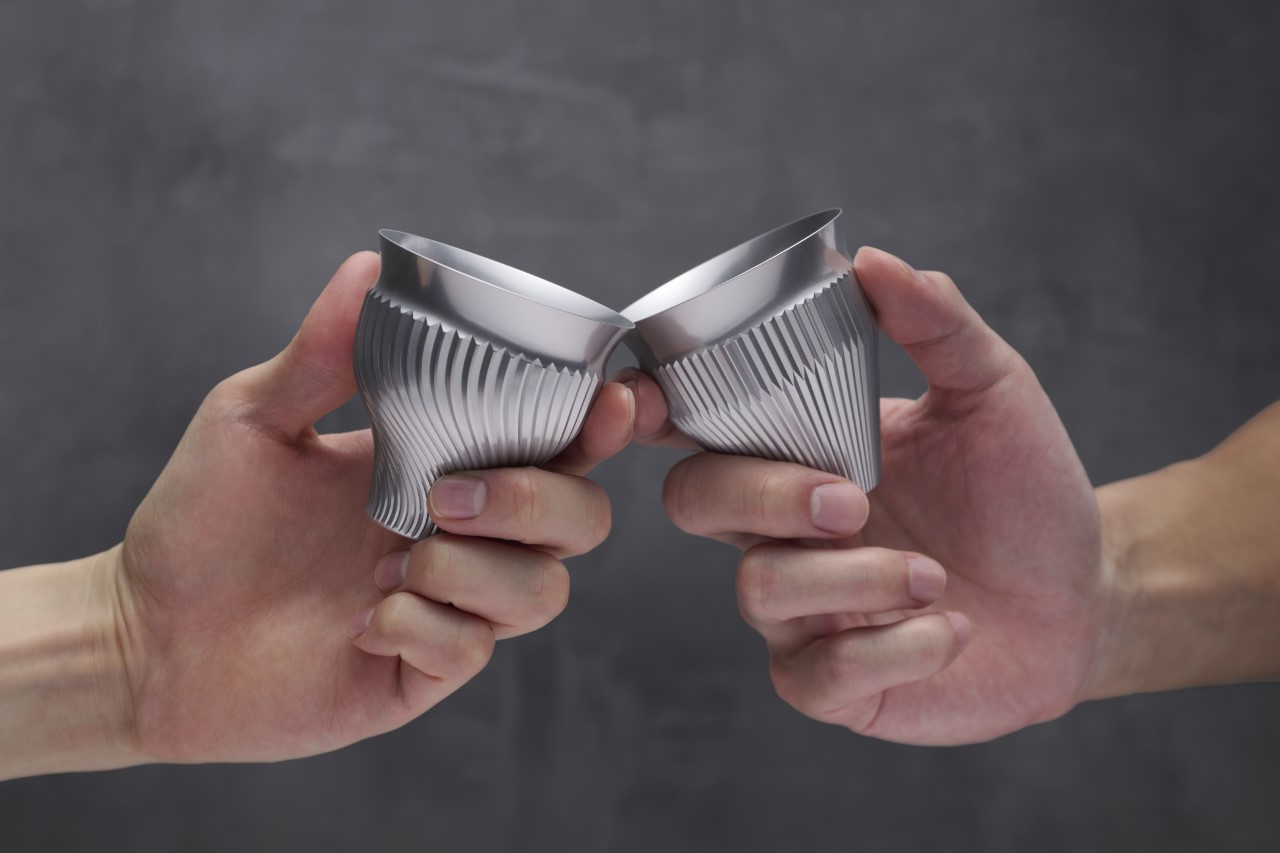
Designed to be more durable than porcelain or glass, clinking the Hakusaku saké feels much more satisfying too, with the signature clinking sound of metal against metal.
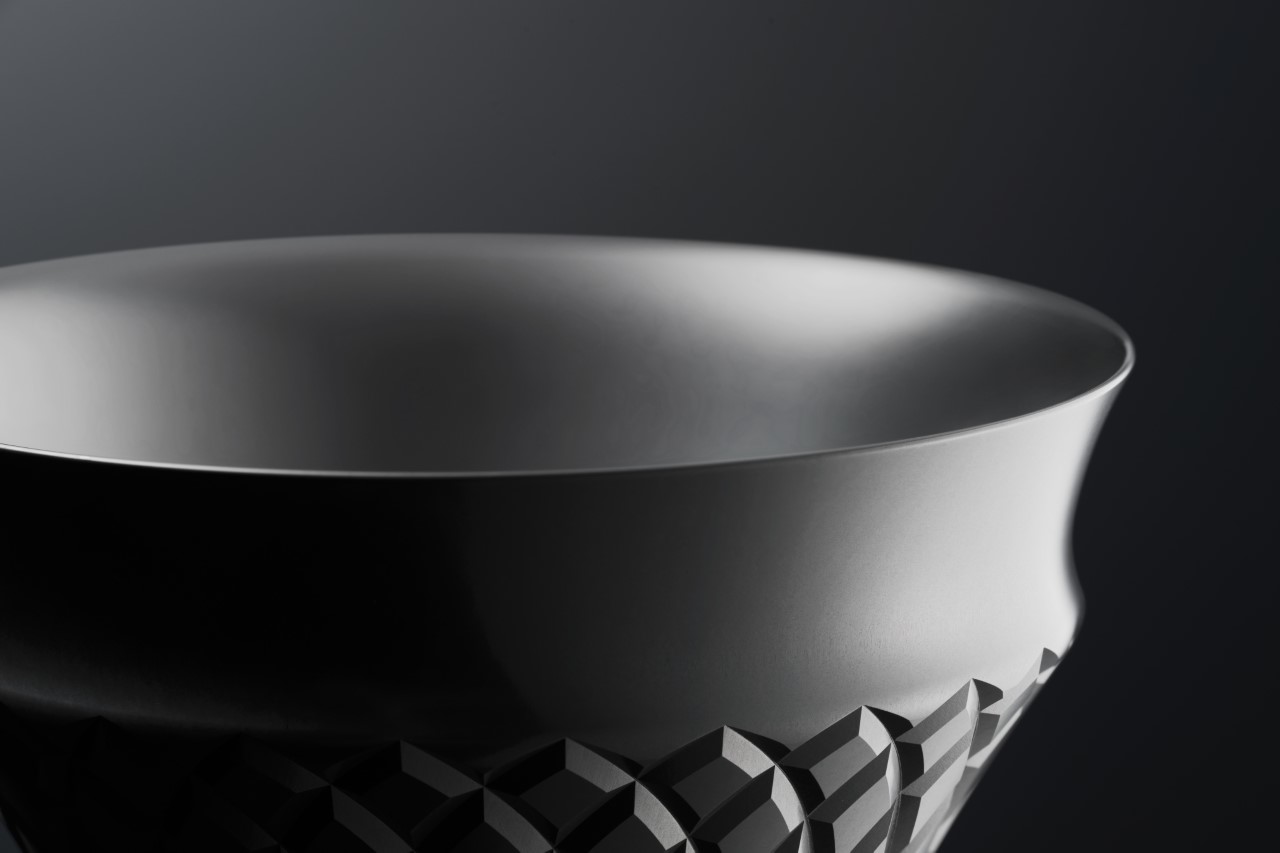
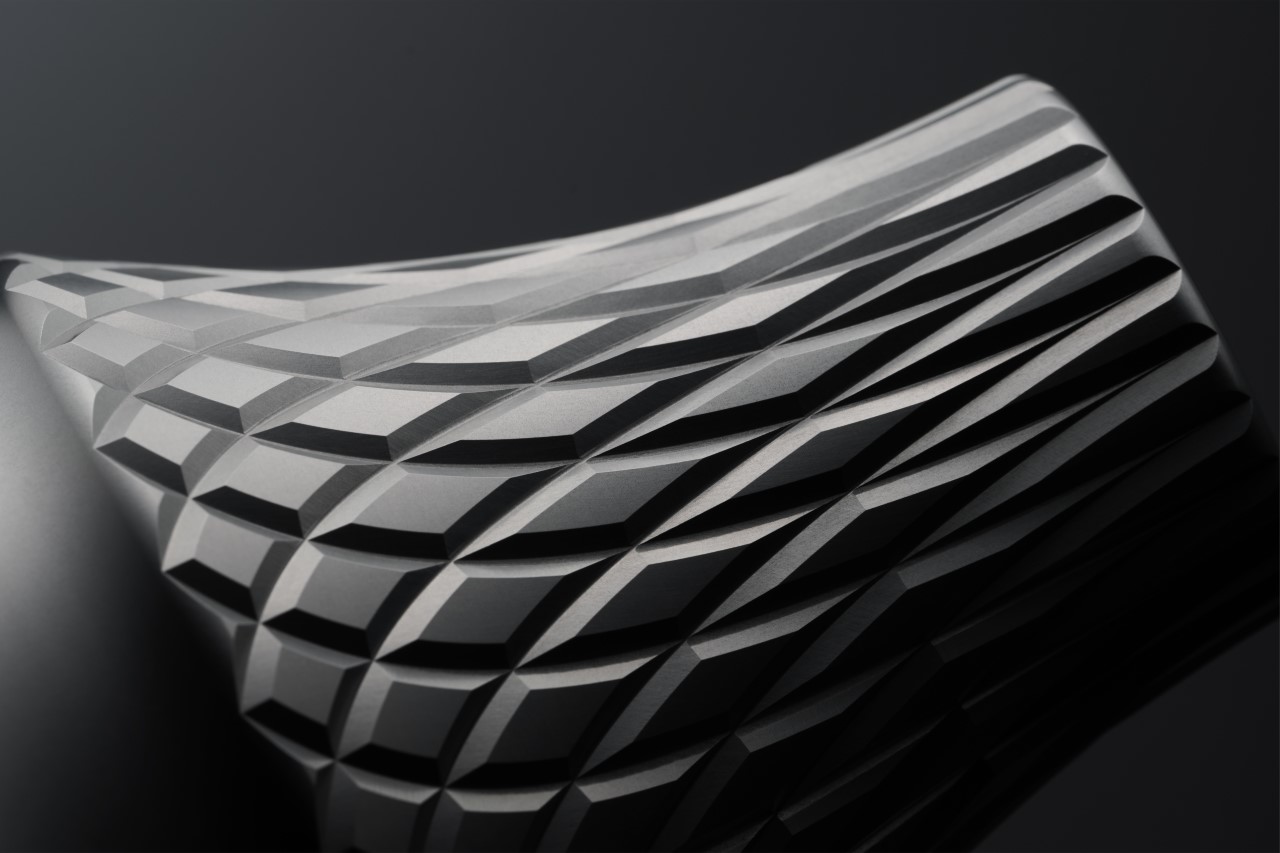
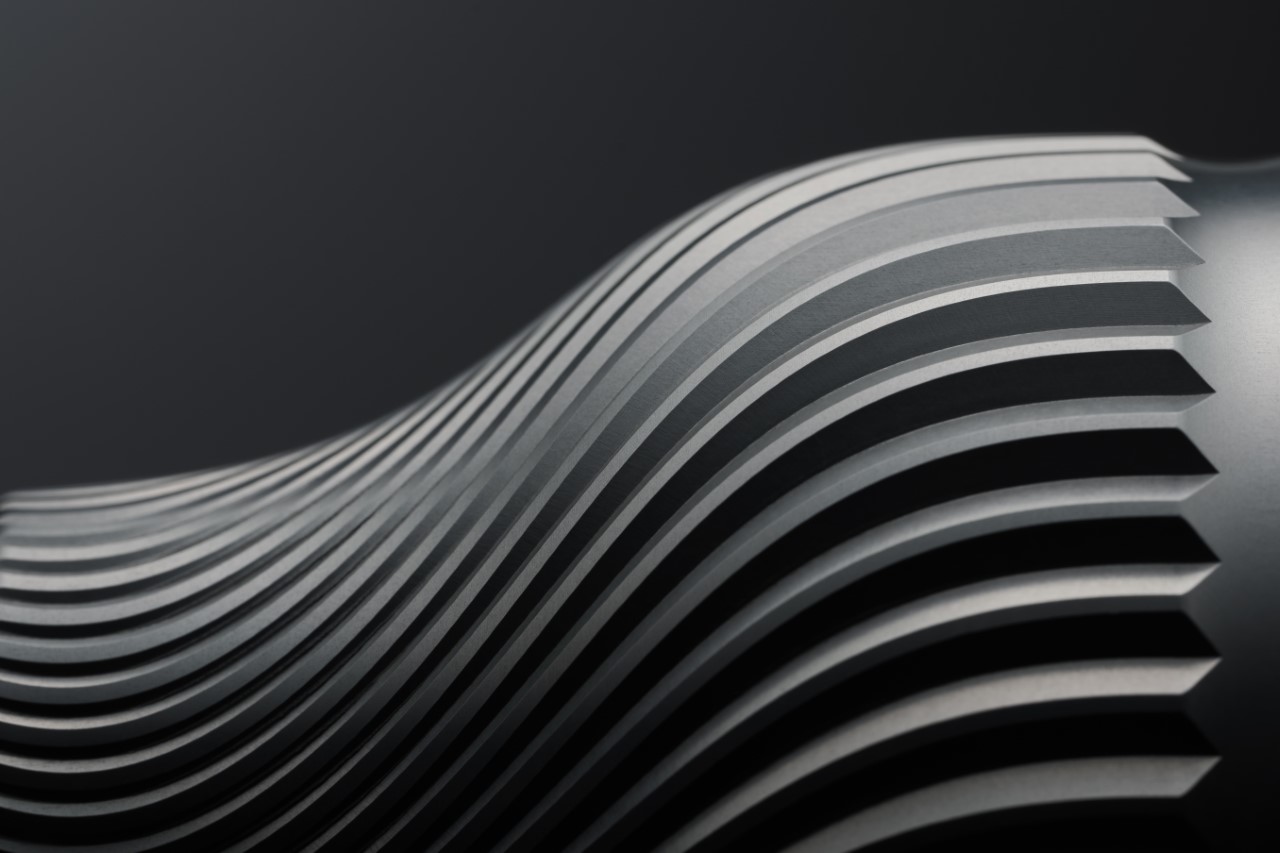
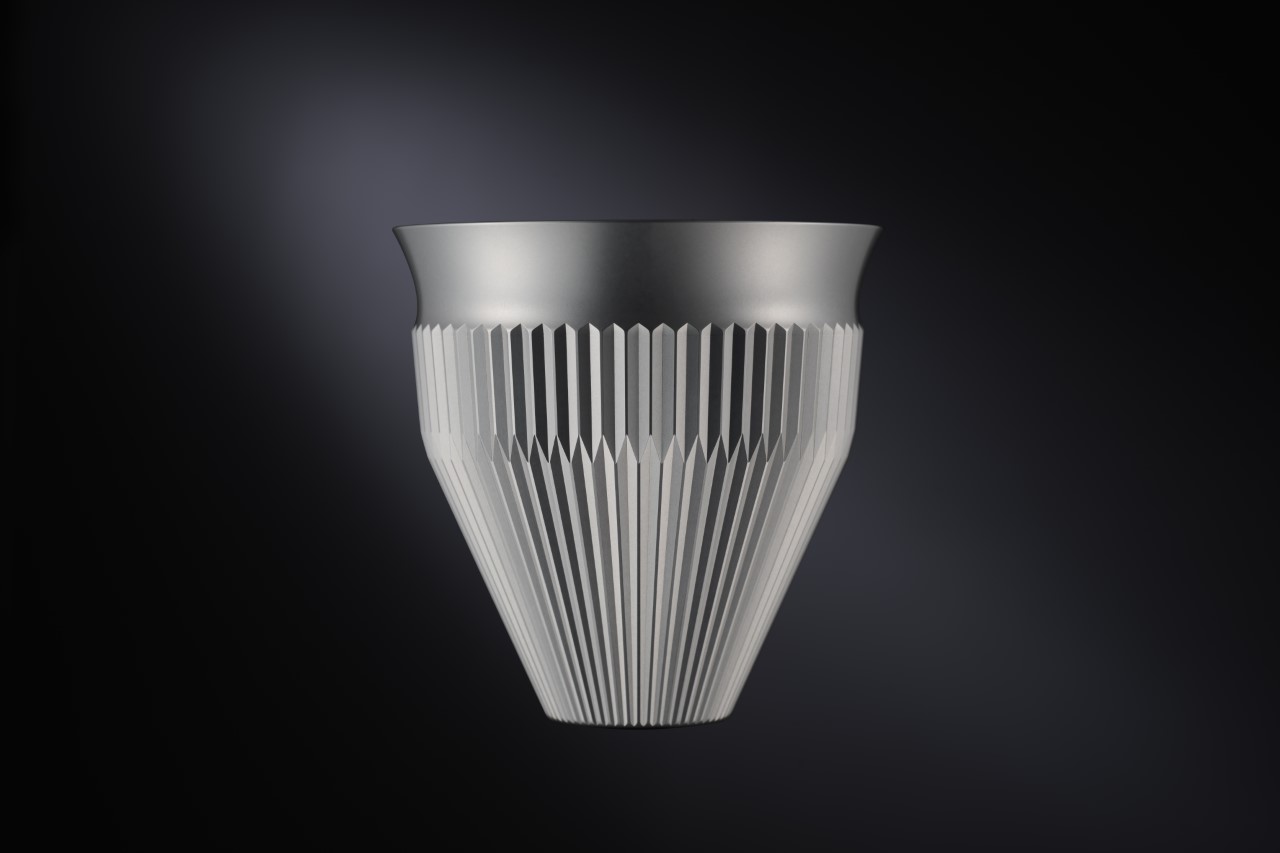
The straight-edge cup is reminiscent of a shot-glass, with its design that requires you to tilt your cup upwards and tip your head backward as you take a sip. This lets the alcohol flow straight into your mouth, spending less time on your tongue and directly hitting your throat for that warm feeling.
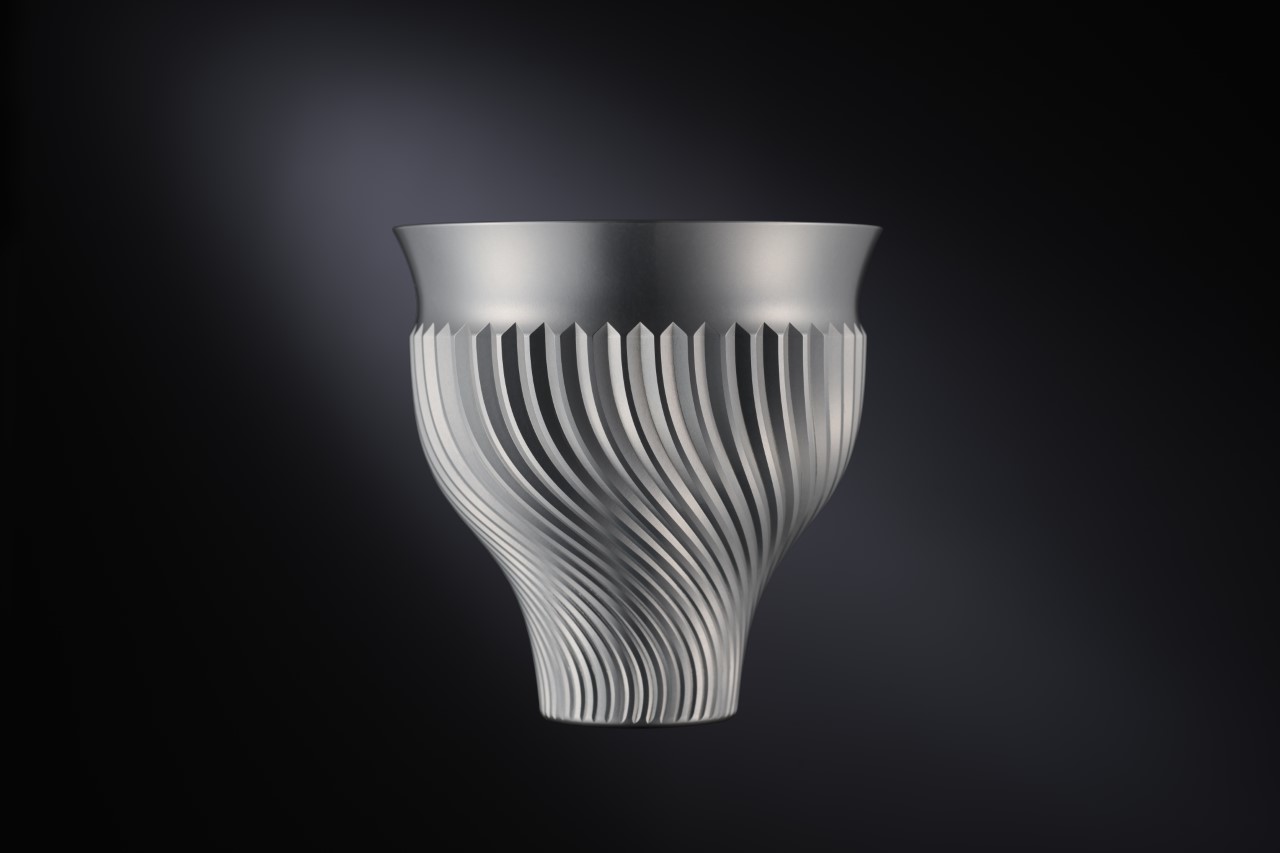
The bowl-shaped cup creates a wide rim that allows the aromatic notes of the saké to hit your nose as you drink the beverage. The wide rim also allows you to taste more saké with each sip.
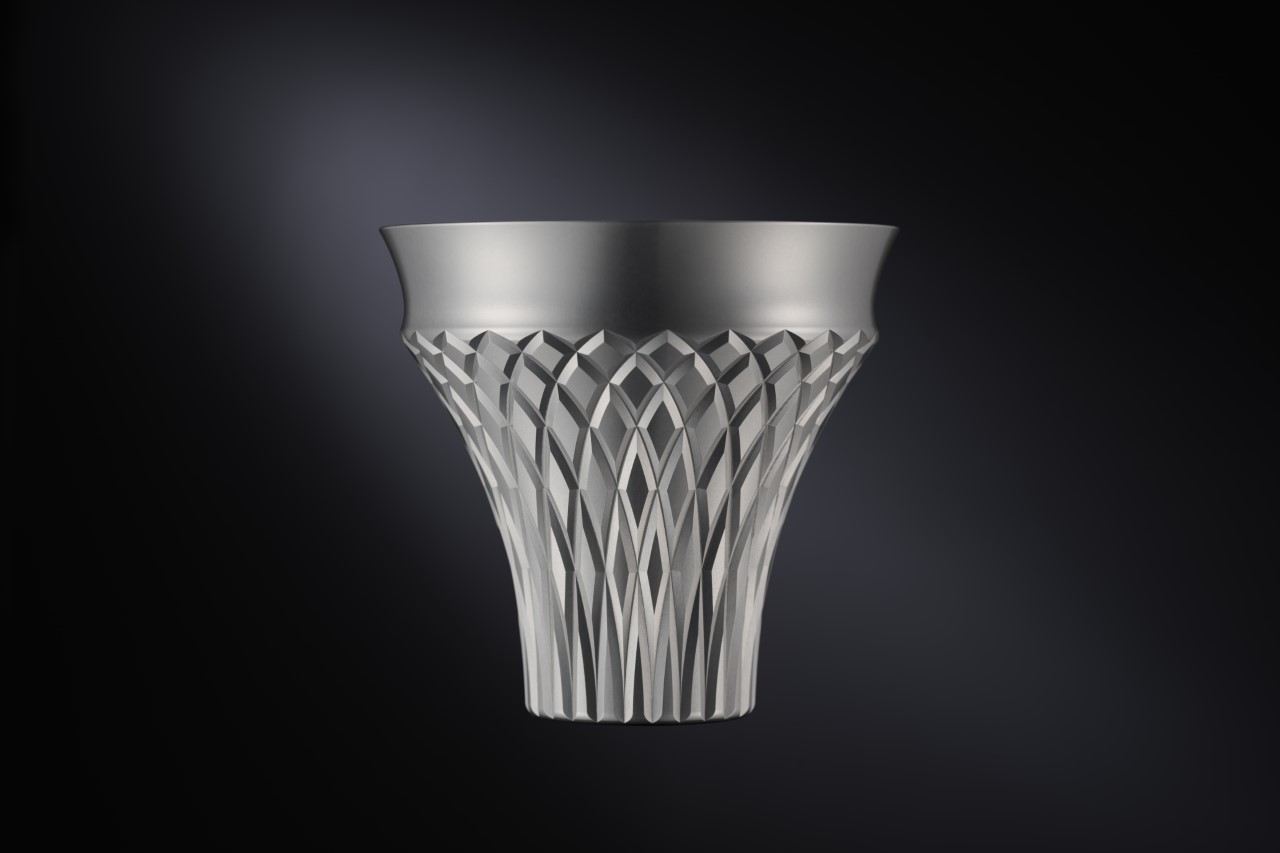
Finally, the trumpet-shaped cup allows you to observe and savor the subtle flavors of the saké. The wide rims mean you’re prompted to take sips instead of a single gulp, which lets you enjoy the saké over time.
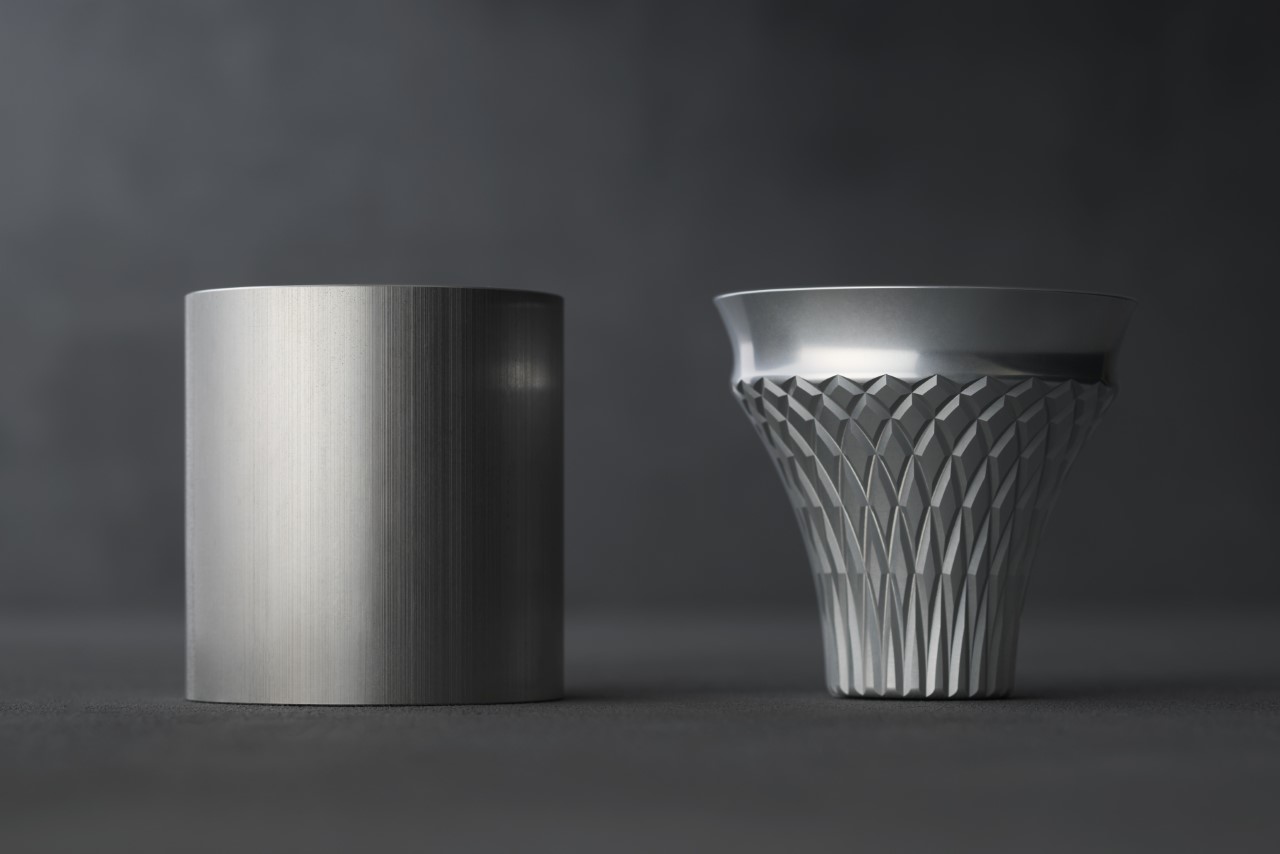
Each cup is meticulously machined from a single duralumin billet
